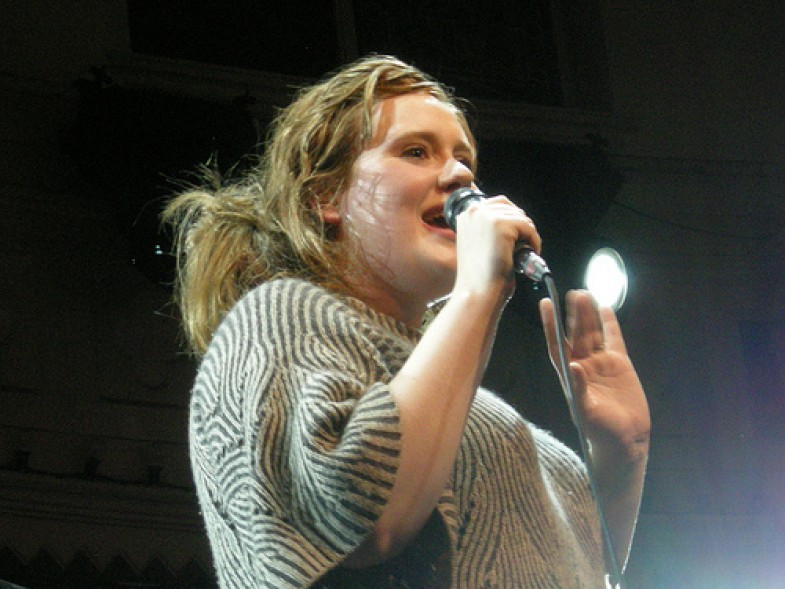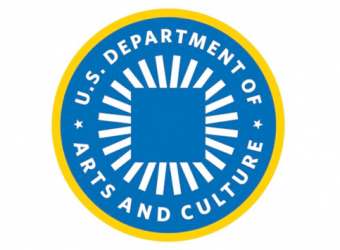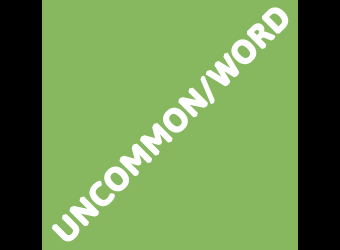The founders of the United States embraced the commons when it came to ideas. They understood that the best fresh ideas are generated out of previous ideas, and therefore should remain in the public domain (a cultural commons). Indeed, copyright and patent law in the early days of the nation expressly aimed to move new cultural creations into the public domain as soon as possible. In 1790, copyrights lasted fourteen years with a chance to renew for another fourteen. Today, after passage of the 1998 Sonny Bono Act by Congress, copyrights last for seventy years beyond the life of the original creator, or 120 years from creation in the case of corporate ownership.
It’s only very recently that the rise of intellectual property law has tipped the scales toward private ownership of every conceivable aspect of what we create, from breakthroughs in science and other academic fields to traditions in art and pop culture. Today people are attempting to claim exclusive rights to spices, healing herbs, or yoga poses that have been used for centuries. Compare that to Benjamin Franklin, one of the founders of the U.S. Patent Office, who refused to patent the famous Franklin stove. Why? Because he said he was merely building on ideas of stoves that came before. “As we enjoy great advantages from the inventions of others,” he wrote, “we should be glad to serve others by any inventions of ours.”
Novelist Jonathan Lethem documented how the free exchange of ideas works in art in an essay for Harper’s Magazine, The Ecstasy of Influence in which he traced patterns of borrowed influences through music (Delta bluesman Son House to Chicago bluesman Muddy Waters to British rock bands), animation (without Fritz the Cat, there would be no Ren & Stimpy Show), literature (Ovid’s telling of the story of Pyramus and Thisbe is the inspiration for Shakespeare’s Romeo and Juliet, which in turns was the inspiration for West Side Story). To prove his point about the mutually collaborative nature of new ideas (as opposed to the “eureka” theory, in which ideas are concocted out of thin air), he strove to footnote the influence of every line of his essay.
The Scientific Commons
A great example of a cultural commons from the field of science is the Human Genome Project, a massive collective effort on the part of scientists around the globe to decode all human genes. New information discovered in the project was shared for all to use and to improve upon in their own research. The project was competing with a private venture that sought to sell the data that was produced. The private venture didn’t succeed in decoding the genome ahead of the Human Genome Project, and thankfully so, because the high cost of their data may have stymied many subsequent scientific and medical advances.
The Human Genome Project used a commons approach that was based on two assumptions: 1) genes are part of nature and thus belong to all of us, and (2) that sharing information would be more productive than privatizing it.
Busting Out of the Market Mind-set
Examples of thriving systems managed according to the principles of the commons rather than the privatized market exist all around the world today, from fisheries off the coast of Greece to forests in Tanzania and Indonesia, to the open-source software movement.
But most of us have been taught that the commons began to fade away in seventeenth- and eighteenth-century England, when private landowners claimed and enclosed (literally, with fences) land used by commoners to graze livestock. Yet the commons endures to this day throughout the British countryside in form of legally protected rights of way that entitle anyone to cross private property on tens of thousands of miles of paths throughout England, Scotland, and Wales. This is also true in the cultural realm, where we make imaginative journeys thanks to stories, songs, ideas, knowledge, and research belonging to all of us. It is not trespassing to take advantage of the creativity of Plato, Buddha, Leonardo da Vinci, Shakespeare, Bach, Darwin, Florence Nightingale, and many others.
Those fences of eighteenth-century England give us a powerful image and metaphor for the “enclosure” of culture going on today at an alarming pace. Here are a couple of examples. Media companies want to slow down your access to Web sites that don’t pay a premium fee for their place on the Internet, a troubling violation of the commons principle of net neutrality that will allow huge enterprises to dominate the flow of information. Another is example is the Walt Disney Corporation, which has built its empire on appropriating and ultimately copyrighting material from the public domain—from “The Little Mermaid” and Robin Hood, all the way back to Mickey’s first cartoon, “Steamboat Willie,” which was taken directly from Buster Keaton’s character Steamboat Bill. But try using an image of Mickey Mouse in your own work, and you’ll soon hear from the Mouse’s lawyers.
Creative Commons
No one wants to deny people the chance to make an honest living off their creative work. But the recent proliferation of copyright and intellectual property privileges means that many artists, scientists, and other creators are denied access to material they need to do their most valuable work—an even graver threat to their livelihoods and to the needs of society as a whole. I’m making a film called What We Got: DJ Spooky’s Journey to the Commons to highlight all that we share, from air, water, and land to our art, culture, and discoveries. I want to practice what I preach by sharing the movie we make online so that others can remix and repurpose it under the terms of a Creative Commons license.
Filmmaker Brad Lichtenstein’s works include Frontline’s Peabody Award–winning election year special, Choice ’96, and Almost Home, a PBS Independent Lens documentary about people who live and work in a elder-care community. He’s currently working on a documentary about Janesville, Wisconsin in the wake of losing a General Motors factory, and with DJ Spooky on a hybrid documentary-fiction film about the over-privatization of what belongs to the public. This article was adapted from a presentation given to the National Alliance for Media, Art and Culture. Brad lives in Milwaukee.





